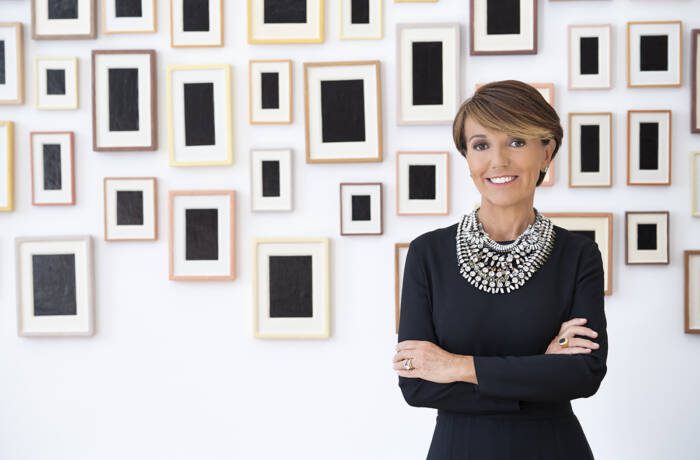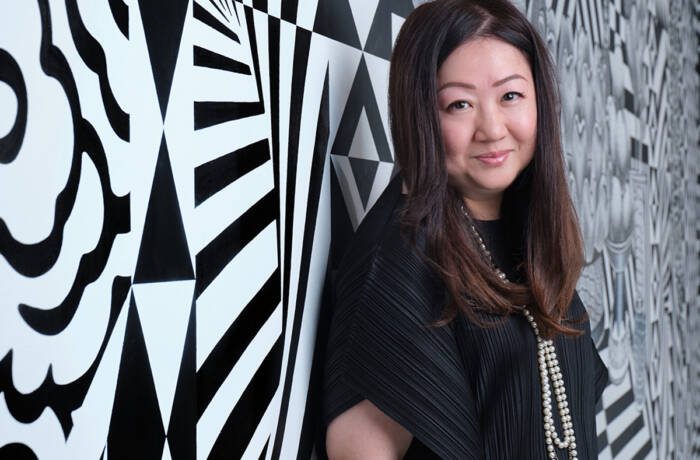The elite British education system has never been more in demand. Yet some wonder whether educating boys and girls separately is an anachronism in a 21st century environment where they will work together in their business lives. Our columnist outlines her views on why sending your child to a top single-sex school could still be the best move you ever make Helen Pike
A businessman told me recently that in his native China, two British luxury brands are well-known: Harrods and Eton. It seems that elite single-sex schools not only dominate the cultural landscape and the league tables in the UK, they are part of what makes Britain distinctive globally. Some elite single-sex schools have moved into international education, an export market which amounts to £17.5bn annually, by opening in Asia and the former Soviet Union, markets hungry for top-quality education. For parents of boys, Eton, Harrow and the like are brands with resonance around the world.
That said, elite single-sex schools are a minority, even in the UK. Only 7 per cent of UK pupils are educated in the private sector, of which 20.9 per cent comprises single-sex schools: just over 250 schools in total. So what gives them their resonance internationally — what drives ambitious parents to steer their children towards schools like the above (or the school I am fortunate enough to head)?
I have spent my professional life thus far in five highly academic single-sex schools, three of which are within spitting distance of the River Thames. (Not that any pupils of these schools would do anything so vulgar as to spit, of course.) If anything, single-sex education has become more controversial globally since I did my teaching practice in a single-sex girls’ inner London state school. Elite single-sex schools in the UK are indeed cosmopolitan, exciting places in which to work and learn, the envy of the world, as witnessed by the stiff competition for entry; but in 2013, can we justify that so many of the UK’s finest schools continue to segregate girls and boys?
The most obvious answer is history. The oldest and most famous schools were for boys only; schools for girls came centuries later. So we can contrast the foundation of Eton in 1440 and St Paul’s School in 1509 with that of The Cheltenham Ladies’ College in 1853 or South Hampstead High School (full disclosure: my employer) in 1876. A serendipitous combination of grand tradition, location, favourable education policies since 1945, and dynamic school leadership has meant that some — but by no means all — of the oldest schools have remained at the top of an ever-growing pile and become vanguardists in education across the sector.
Elite single-sex education can provoke the glorious British cultural schizophrenia which defends tradition with a sword in one hand, while threatening to take a hatchet to it with the other. Surely the British should not continue to champion segregated hothouses, when all but those who join enclosed holy orders will live and work in a resolutely coeducational world?
Single-sex schools have responded to this in a number of ways. On one side, the Girls’ Schools Association in the UK has been more vociferous, in part because some of its members are defending a market share in the face of boys’ schools which have recently become fully or partly coeducational, and in part because girls’ schools have always been more focused on righting the inequalities which women can encounter — which was why they were founded in the first place.
Meanwhile the International Boys’ School Coalition does what its name suggests, and organises research and an annual conference which brings together schools from the UK, USA and Australia. It argues that it is single-sex boys’ schools which are the endangered species, while girls-only institutions are more numerous and surer of their niche.
And they are right to be: there is much evidence that boys and girls — and particularly girls — make greater progress in single-sex schools and have better life chances than their counterparts in coeducational schools.
I make this point when parents of both boys and girls ask me why they should choose single-sex education. High-achieving single-sex schools are the intellectual and emotional equivalent of elite training for athletes. Crucially, children are not adults. There is so much to be said for an education which, in preparing them for the world they will inherit, does more than simply allow boys to be boys and girls to be girls: it consciously plays to their strengths and needs. Some might regard the idea that children are being sexualised at an ever-younger age is a species of moral panic, but the commodification of girls in particular continues apace. To put it more simply, there is less fuss about dress in single-sex schools.
Single-sex schools also avoid helpmeet syndrome: in boys-only schools which admit girls, for example into the Sixth Form at 16, the girls can become the facilitators of the boys’ progress in the classroom, deferring to the boys rather than testing out ideas of their own. In single-sex schools, gender roles are less marked; there is no opportunity for boys to dominate the brass section of the orchestra while girls tootle fragrantly in woodwind.
If we take the 26 schools of the Girls’ Day School Trust, of which my school is one, we find that GDST girls are over twice more likely to study A-Level Physics or Chemistry than girls nationally, and overall nearly half the students in GDST Sixth Forms take at least one science A-Level (the highest level of school qualification in the UK). This carries forward into university choices, where again over 40 per cent of GDST students do Science, Medicine or Mathematics as part of their degrees. If girls in the UK as a whole sat as many Physics, Chemistry or Maths A-Levels as girls at these 26 GDST schools, there would be nearly 9,000 more school-leavers with A-Level Physics, 20,000 with A-Level Chemistry and 21,000 with A-Level Maths in the population every year. By way of comparison, a recent study by the Institute of Physics found that in nearly half of co-ed schools there were no girls studying A-Level Physics at all.
None of this comes cheap. Annual boarding fees at Eton are now over £32,000 (and Eton is by no means the most expensive), while more competitively-priced day schools charge between £10,000 and £15,000 per year. Is it worth it in a world where a woman can be Chancellor of Germany or head of the International Monetary Fund (although this is not to say workplace equality is with us)? My view is that parents and pupils recognise that it is precisely because the rest of the world is so overwhelmingly co-ed that a single-sex education has such value.
Helen Pike is Headmistress of South Hampstead High School, London, which is ranked among the top five girls’ schools in Britain by the Financial Times; shhs.gdst.net









